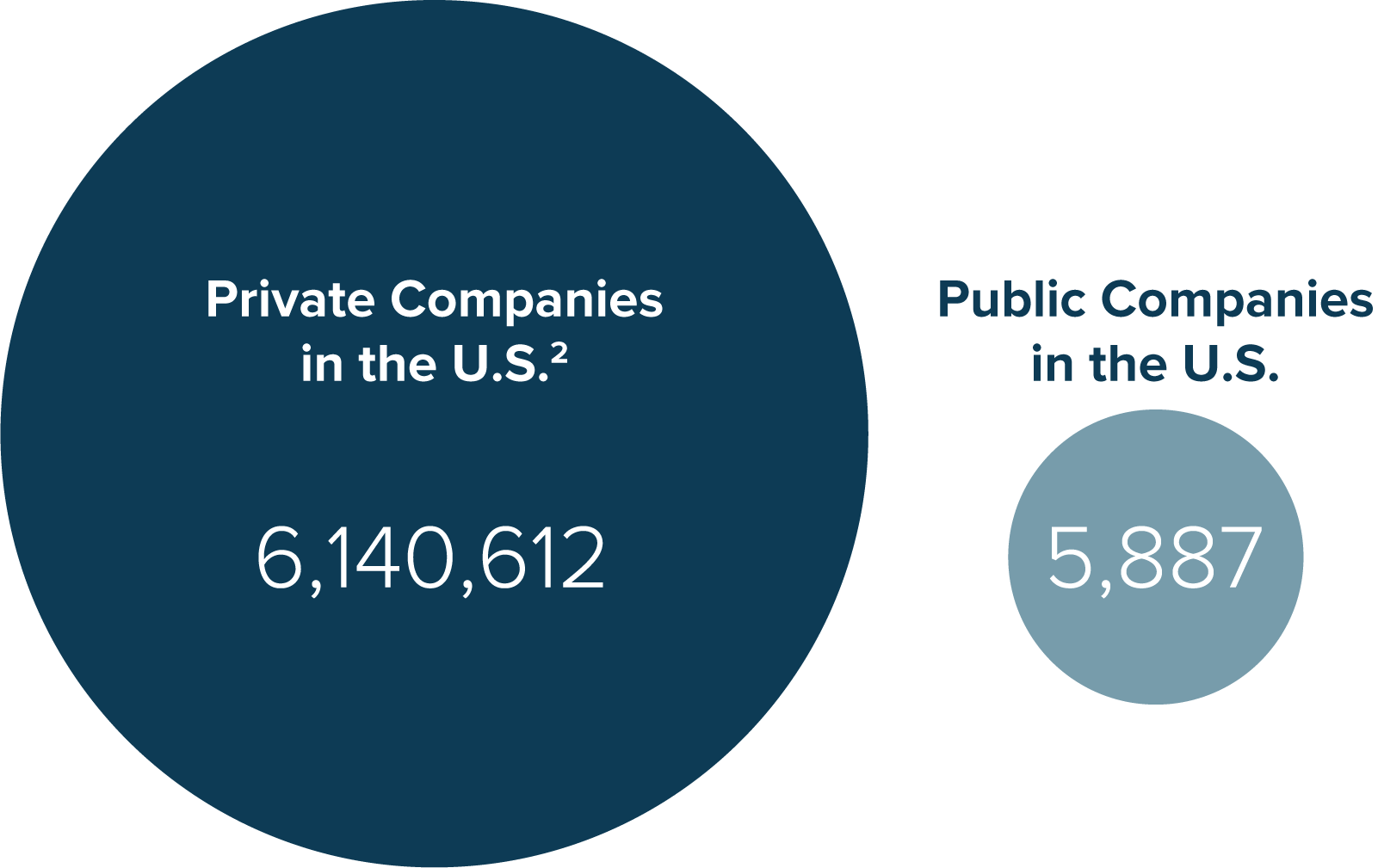Does the Princeton Everest Fund Deserve an Allocation in Your Portfolio?
We think investors should consider expanding beyond the traditional equity and fixed-income investment to meet long-term return goals.
Potential benefits of investing:
-
Adds return diversification of asset classes
-
Potential to lessen overall risk during market downturns
-
May exhibit lower volatility than public equities1
-
The universe of private companies versus public companies is vastly larger2
Investors should determine if the Princeton Everest Fund is right for their portfolio.
Potential drawbacks of investing:
-
Investor accreditation standard is required to invest
-
Limited liquidity compared to public traded equities
-
Higher fees and minimum investments versus traditional asset classes
-
An investment in the Fund is speculative, involves significant risk and is not suitable for all investors. It is possible that you may lose some or all of your investment
- Standard deviation of Class I: 6.77%, S&P 500: 16.22%, MSCI ACWI: 15.59%. Data from 6/1/16 – 12/31/23. Standard deviation is a statistical measure of an asset as it falls and rises from its average price. A low standard deviation indicates a narrow trading range and historically less volatility.
- World Federation of Exchanges database as of June 2023. US Census Bureau as of 2022, the most recently available data as of 9/15/2023.
Universe of Private Companies are Vastly Larger
-
i. The number of U.S. public companies has been steadily declining from 8,090 in 1998 down to 5,887 in 20231
-
A large universe of private companies in the U.S. may represent significant opportunity for private equity managers

- World Federation of Exchanges database as of June 2023.
- US Census Bureau as of 2022, the most recently available data as of 9/15/2023.
